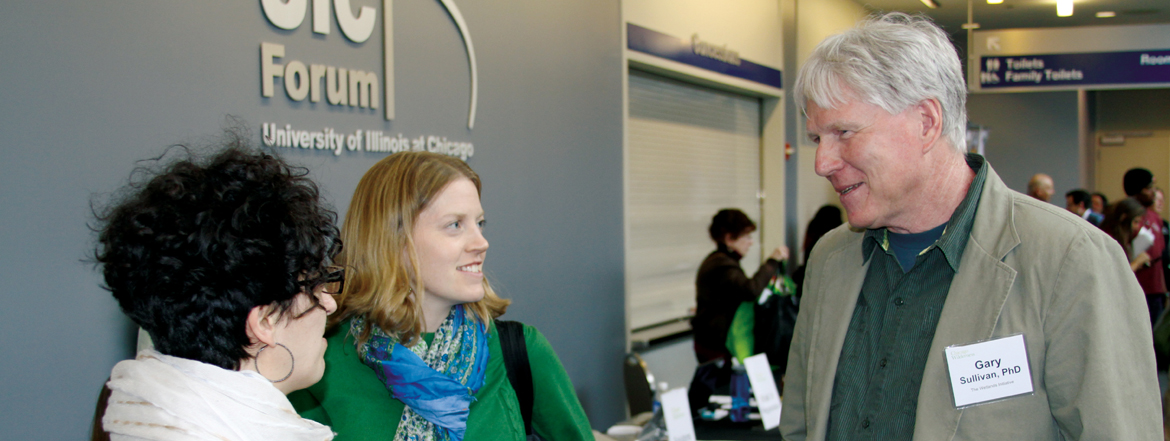Ask the TWI Scientist
The Wetlands Initiative's staff scientists answer some frequent questions about wetland ecosystems, their value to society and the environment, and their restoration.
Q: Can ecological restoration like TWI’s projects help address climate change?
There’s a lot about climate change and carbon dioxide in the news lately. Among scientists, there is general consensus that the climate is changing because of an increase in atmospheric carbon from a variety of sources. At the Wetlands Initiative (TWI), we look to ecological restoration as part of the solution to this problem.
Q: Are there any native plant communities left at Midewin, or do the Wetlands Initiative and the Forest Service have to reestablish them all from scratch?
The short answer is yes, there are native plant communities that have persisted at Midewin. Even after decades of disturbance, “remnant” habitats can still be discovered hanging on there.
Q: The Wetlands Initiative is helping farmers install wetlands to naturally reduce nutrient runoff. How exactly do wetlands remove nutrients?
One of the valuable services provided by natural, restored, or constructed wetlands is that they protect downstream waterways from the impact of nutrient pollution.
Q: How do you know that a wetland restoration is successful?
Currently, there is a lot of debate among scientists on how best to determine whether a restoration project is successful. Evaluating restoration success is important not only to see if we accomplished what we set out to do, but to help restoration practitioners improve their future projects.
Q: TWI has a full-time GIS analyst on staff. How does GIS technology get used in wetland restoration?
Geographic information systems (GIS) are integral to TWI's work in many ways, but first—for those who don't know what GIS is—it's the capture, analysis, and display of information with a geographic or spatial component.
Q: How does a water quality trading market involve a trade? Who are the parties doing the trading?
We're talking about literally trading "water quality," that is, units of reduced pollution. In the case of the market we're looking at forming in the Big Bureau Creek watershed, the reduced pollution would be excess nitrogen and phosphorus.
Q: Is it worth it to try to control invasive species? Why not just leave them be?
They are everywhere: in our gardens, lakes, and on our restoration sites. We spend time, money, and energy trying to manage invasive species, yet often they seem to persist. Lately, some scientists have proposed that we just “learn to live with" invasive species.

